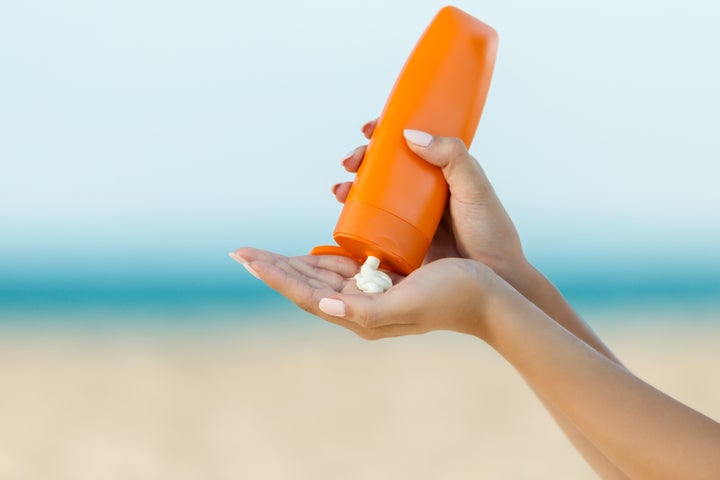
Here’s a myth we’d like to immediately dispel: Sunscreen is only necessary in the summer, while at the beach or playing sports outdoors. In fact, as experts have been arguing for years, protecting your skin from the sun should be part of your year-round routine given the negative consequences of prolonged exposure to sunlight.
As Dr. Nahid Vidal, a micrographic surgeon and dermatologic oncologist at the Mayo Clinic, explained to HuffPost, the sun causes skin damage in several ways, all directly related to UVA and UVB rays. “UVA is the longest wavelength and can reach deeper into the layer of skin, causing changes to our collagen in the dermis related to aging and wrinkling,” she explained. “UVB rays tend to be shorter and affect the top layer of our skin (epidermis).”
Most importantly, both types of rays penetrate a person’s DNA, potentially leading to mutations and therefore increasing the risk of skin cancer while simultaneously causing rashes and flare-ups.
“The melanin acts as a little brown umbrella to shade important genes that can be mutated.”
- Dr. Nahid Vidal
The actual heat from the sun, on the other hand, depletes the skin of natural oils, potentially leading to premature wrinkles. “Ultimately, while the sun can give us a ‘healthy’ look with a tan, what is actually happening is the body is attempting to protect the DNA in cells by producing a pigment called melanin in the skin,” Vidal said. “The melanin acts as a little brown umbrella to shade important genes that can be mutated.”
Clearly, as comforting as the sun might feel on our skin, we should be careful about soaking in too much of it ― which is why we thought it wise to offer you this “everything there is to know about sunscreen” guide.
Let’s start from the basics. How do we protect ourselves from the sun?
Physical vs. chemical sunblock
There are two types of sunscreen: physical (also known as mineral) and chemical. When applying the physical sunscreen, the sun’s rays will hit the skin but then bounce right off. Chemical blockers, on the other hand, absorb the UV ray, convert it to heat and release it from the body so as to not damage one’s DNA. The most visually apparent difference between the two kinds of blockers is how they appear after application. “Chemical sunscreens may come in formulations that rub in well without leaving behind a thick white residue” that physical blockers are usually known for, Vidal explained.

Both forms of sunscreen follow the same sun protection factor (SPF) scale (more on that later) and are similarly regulated in the United States by the Food and Drug Administration.
Who regulates sunscreen labels?
It’s important to note that the FDA releases guidelines that sunscreen companies are to abide by, but doesn’t necessarily check on each product you might find at the drugstore.
“It’s up to the individual sunscreen companies to do their own tests,” explained board certified dermatologist Dr. Whitney Bowe. “The FDA isn’t pulling sunscreens off the shelf and testing them before they come to market to make sure that the SPF label is accurate.”
That job falls within the company’s own purview which, obviously, can become tricky. That’s why objective third parties such as Consumer Reports sometimes lead their own trials and reports, independently validating the various claims made by sunscreen producers.
“Brands may sometimes say their products boast SPF 30 on the label but then Consumer Reports will do its independent testing and find that it’s actually SPF 8,” Bowe said, specifically calling out a 2016 study by the company that found nearly “three-quarters of ‘natural’ sunscreens fell short of the SPF on their labels.”
Although not evaluating every single product on the market, the FDA does regulate the lingo that can be used across the board. The term “broad-spectrum,” for example, indicates protection from both UVA and UVB radiation and it is regulated by the FDA, just as the classification “water-resistant” is. The latter conveys a 40-minute effectiveness while “very” water-resistant promises a resistance of up to 80 minutes.
Beware of ‘natural’ sunscreen
Looking for a sunscreen that claims it is “natural”? You might want to think again. The term doesn’t have a definition, according to the FDA, and therefore cannot be trusted.
“Natural doesn’t mean anything when it comes to sunscreen in the United States,” Bowe said.
‘Waterproof’ sunscreen is a lie, too
There’s more: “Sunscreens are banned from claiming true ‘waterproof’ or ‘sweat proof’ [capabilities] as the FDA has determined these are misleading claims,” Vidal said.
Bowe explains that, when comparing U.S. sunscreen regulations to ones in other countries, we’re mostly looking at different grading systems. “In the U.S., there’s a threshold and it’s very black and white,” she said. “You can sort of barely pass the test and still get to say you’re offering broad-spectrum protection on the label, but it doesn’t mean it’s robust.”
How safe are the ingredients in sunscreen?
Physical blockers mainly boast titanium dioxide and zinc oxide, active ingredients that the FDA considers GRASE (generally recognized as safe and effective) “because there really is not a significant concern for absorption into the bloodstream,” Bowe said. The discussion about absorption leads directly to chemical blockers.
Boasting active ingredients the likes of oxybenzone, avobenzone, octisalate, octocrylene, homosalate and octinoxate, the chemical sunscreens have recently been the subject of studies claiming potential harm.
“There have been some studies showing that many of the chemical sunscreen ingredients are indeed absorbed through the skin and enter the bloodstream,” Bowe said. That being said, the expert argues it is yet unclear how some of those ingredients may affect our health. “People are just more suspicious of chemical sunscreens in general, even though some of the absorbed ingredients may not have any kind of detrimental effect on the body,” she said.
How to properly apply sunscreen
“The biggest mistake that people make is that they don’t apply enough sunscreen and don’t re-apply it enough,” said Dr. Mary Stevenson, assistant professor at New York University and a dermatologic surgeon. Virtually all experts said the same.

And so, here are a few rules to keep in mind: When spending time outdoors, go for an SPF 30 or above. You’re going to want to look for something water-resistant if you’re planning on swimming or sweating, for example.
“But, if you’re indoors, the SPF number is much less important than looking for a broad-spectrum solution because UVB can’t penetrate through window glass but UVA rays can,” Bowe said. “A broad-spectrum indicates protection from UVA rays.”
In terms of time of day, Vidal suggests incorporating SPF into your morning ritual. “If you are using chemical sunscreen, apply it before a moisturizer,” she said. “If using a physical one, you can apply it after. Indoors, once in the morning may be enough, but if you’re in direct sunlight, on a car ride for example, it would be best to put it on 30 minutes prior to exposure and reapplying every two hours. If you are sweating or swimming, you may need to re-apply more often.”
Specifically, industry standards in the U.S. call for the application of half a teaspoon of the product on the face, one full teaspoon if applying to the face and neck and an ounce (basically a shot glass) to be spread across the body.
When it comes to sprays versus creams, most experts agree that the latter form of protection is the way to go. “Spray sunscreens lead to uneven application,” Bowe said. “You’re much less likely to have a uniform coat of sunscreen as most people don’t use them correctly. If you spray the sunscreen, then you have to actually rub it in.”
The sprays, which happen to be alarmingly flammable as well, also release aerosolized particles that are dangerous to breathe in.
As for whether one’s skin tone affects the types and ways the sunscreen is to be applied, the short answer is no. “Skin cancer rates are lower among people of color,” explained Bowe, “but when people of color ― especially African Americans ― are diagnosed with melanoma, it tends to be much more aggressive and lethal.” As a result, the dermatologist advises all of her patients to use high-grade sunscreen.
Is it true that anything above SPF 30 doesn’t actually work?
How many times have you heard somebody claim sunscreens that boast an SPF above 30 don’t really work better than 30? Let’s dig into that (mostly) false claim.
A bit of background first: According to SkinCancer.org, when analyzing an SPF number, you should think of it as an indication of how long it would take for the sun to burn your skin when using the product as compared to not using any sunscreen at all. When applying SPF 15, for example, it would take 15 times longer for your skin to redden when compared to not wearing sunscreen at all.
Even more specifically, SPF 15 will block 93% of UVB rays from affecting your skin. That number jumps to 97% when looking at an SPF of 30. SPF 50 blocks 98% of rays and SPF 100 blocks 99% of them. When solely looking at these percentages, most folks might think the difference in numbers to be so relatively low to almost be irrelevant.
“But these numbers are based on laboratory studies where the sunscreen is being applied in a very specific way, under very controlled conditions,” Bowe explained. “In a real-life scenario, when applying an SPF 50 that blocks 98% of rays in a lab, you’re actually putting on almost half what they do in the study so you’re probably getting closer to an SPF of 30.” In short, the percentages we think we’re working with don’t actually factor in the human error involved in correct application methods. Investing in a higher SPF will therefore provide a bit more of a buffer.
But there’s yet another issue at hand, albeit a more psychological one involving a false sense of security. “If you put SPF 100 on, while you are getting better protection, it’s not for longer,” Stevenson said, explaining that most people believe that higher protection correlates to longer protection ― which is untrue. “You still need to apply just as much.”
“When people see SPF 100, they think it’s like a shield and they don’t need to wear a hat, for example,” Bowe said, urging everyone to move away from that frame of thinking and take all necessary measures to protect all parts of one’s skin from the sun.
Which is to say: Put as much sunscreen, as often as possible, all over your face and body, no matter what it is that you’re doing every single day of the year.
Ready to buy a new sunscreen? These are our editors’ favorites:
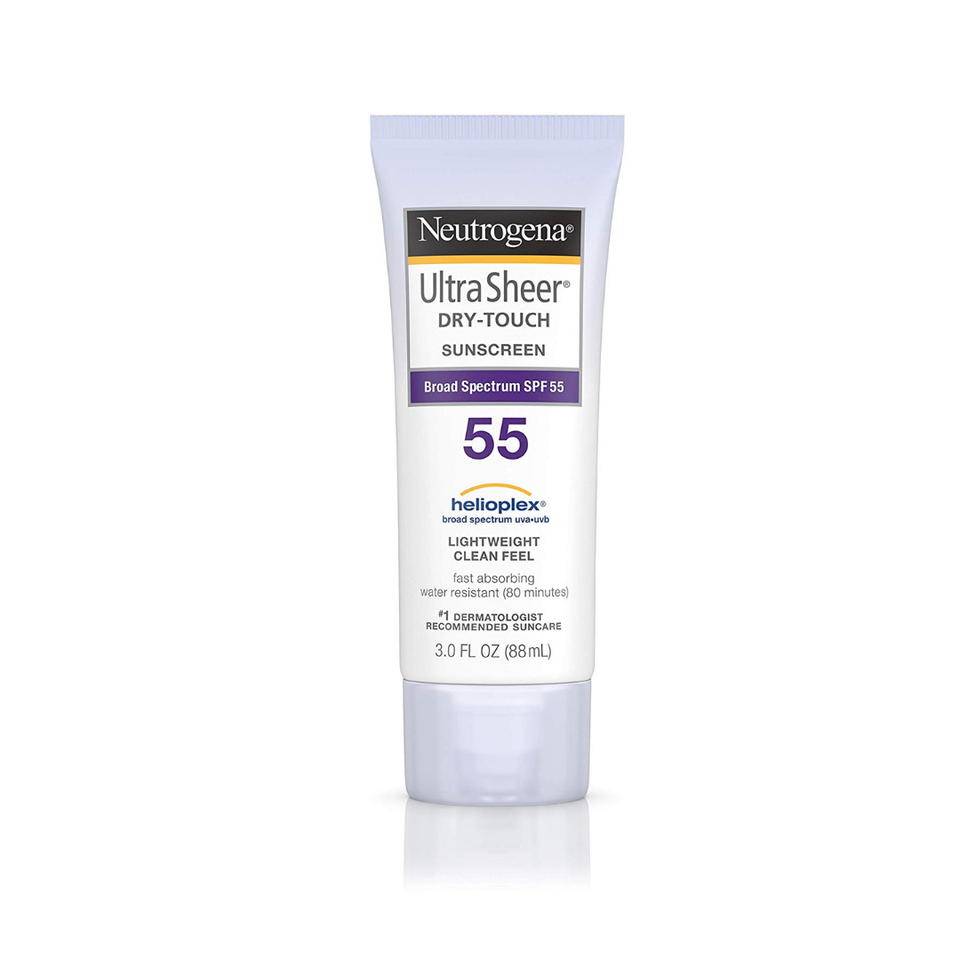

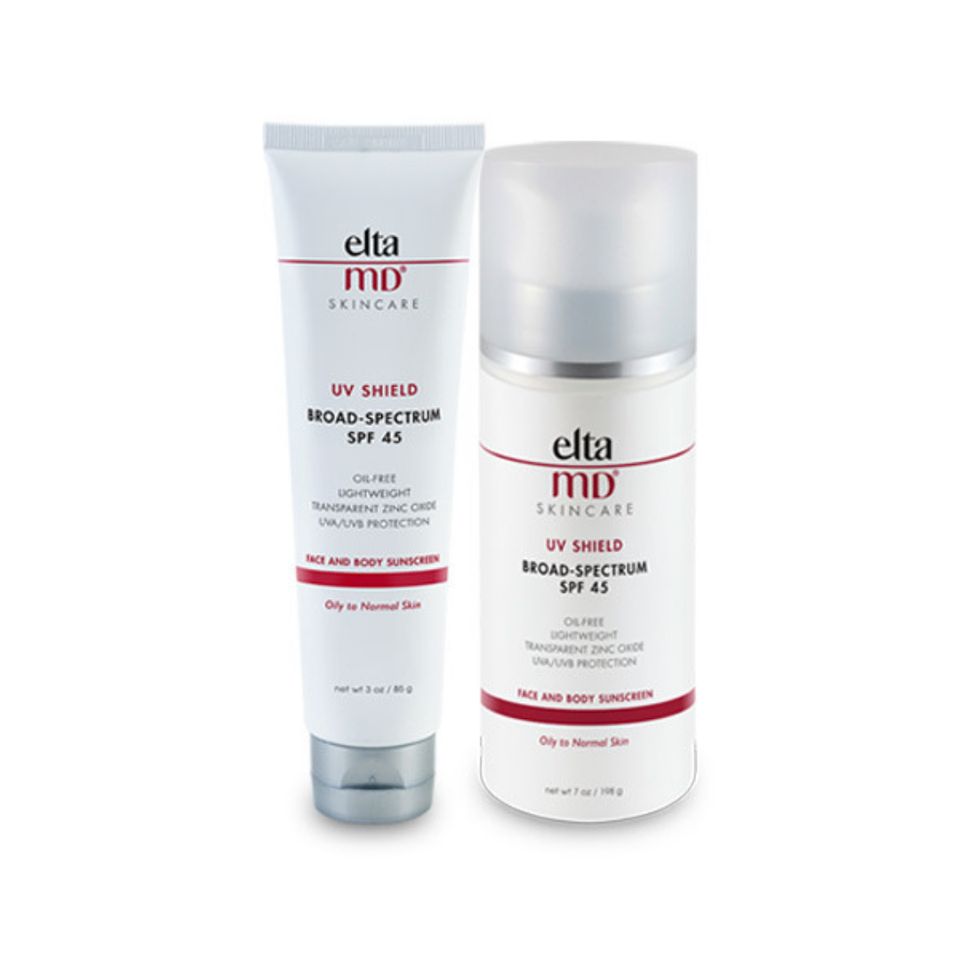
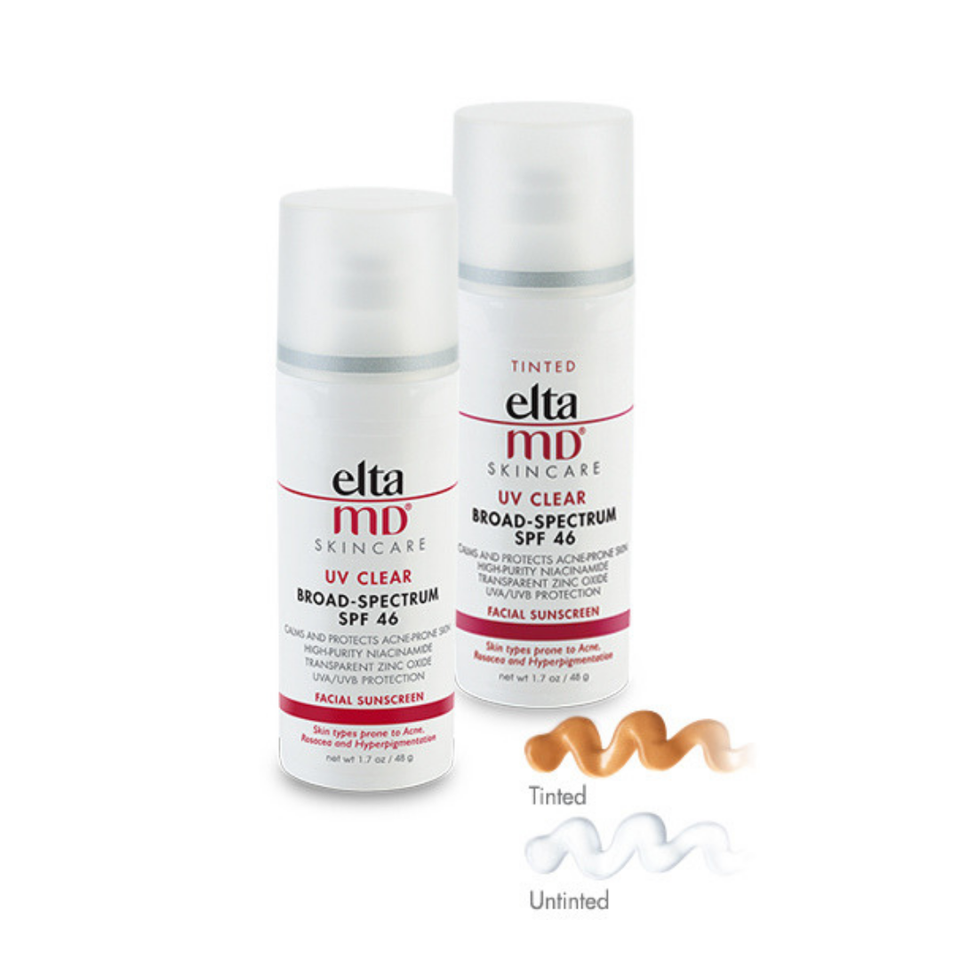


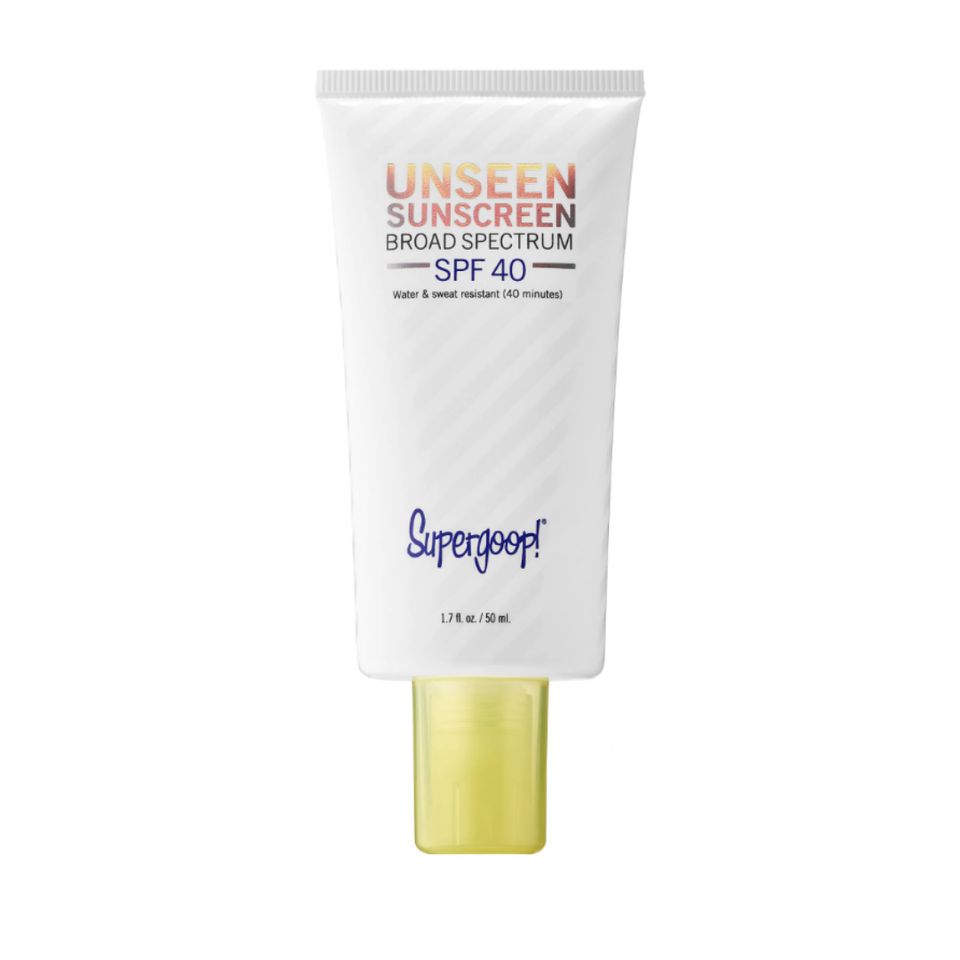

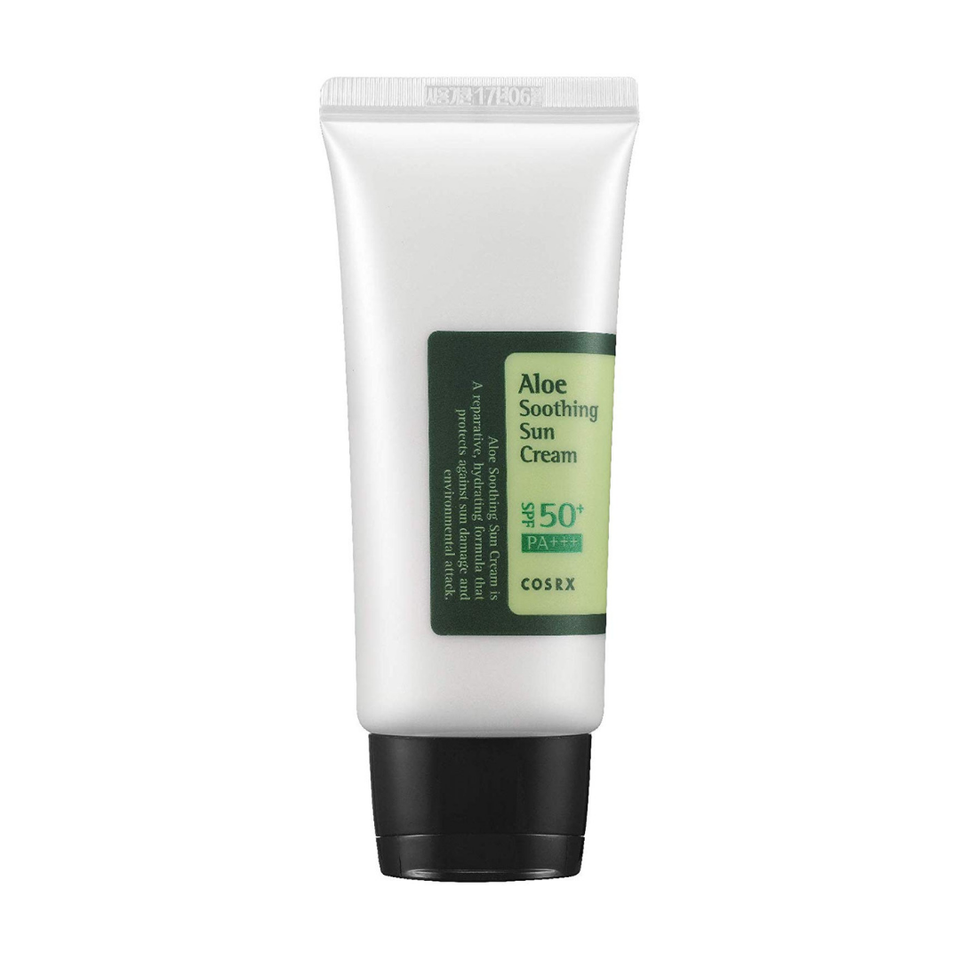
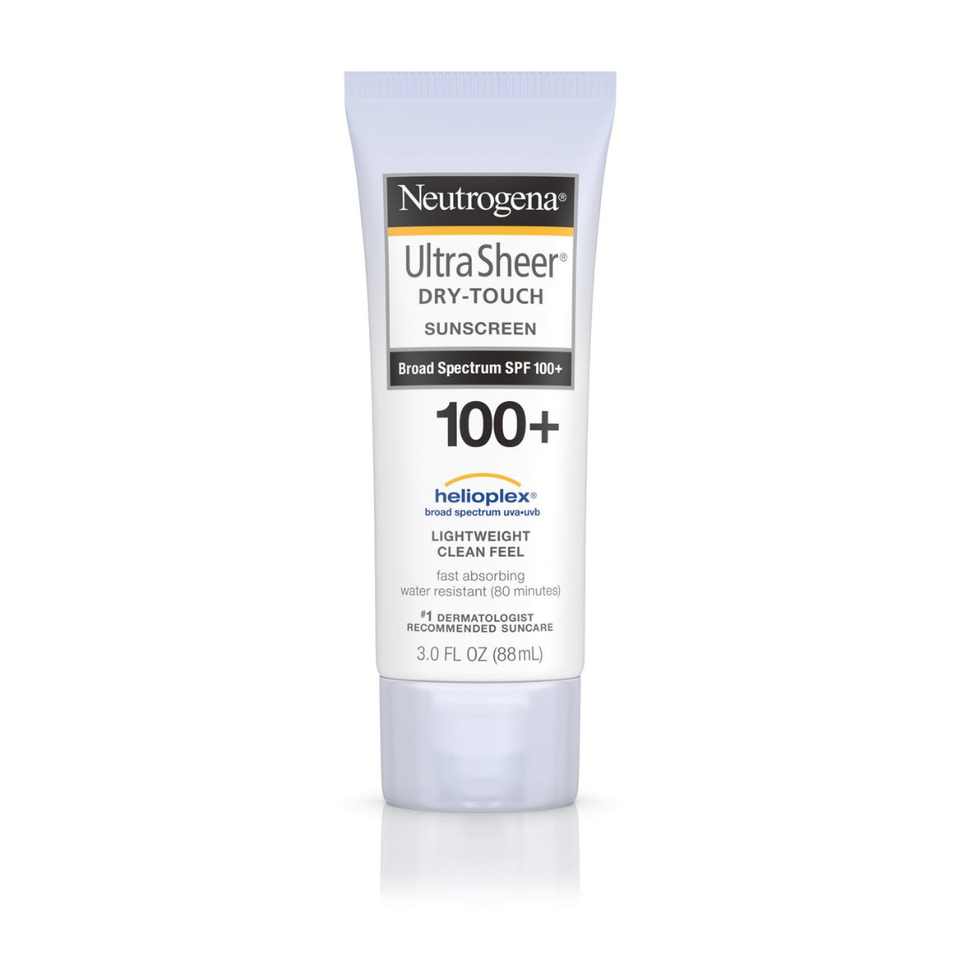
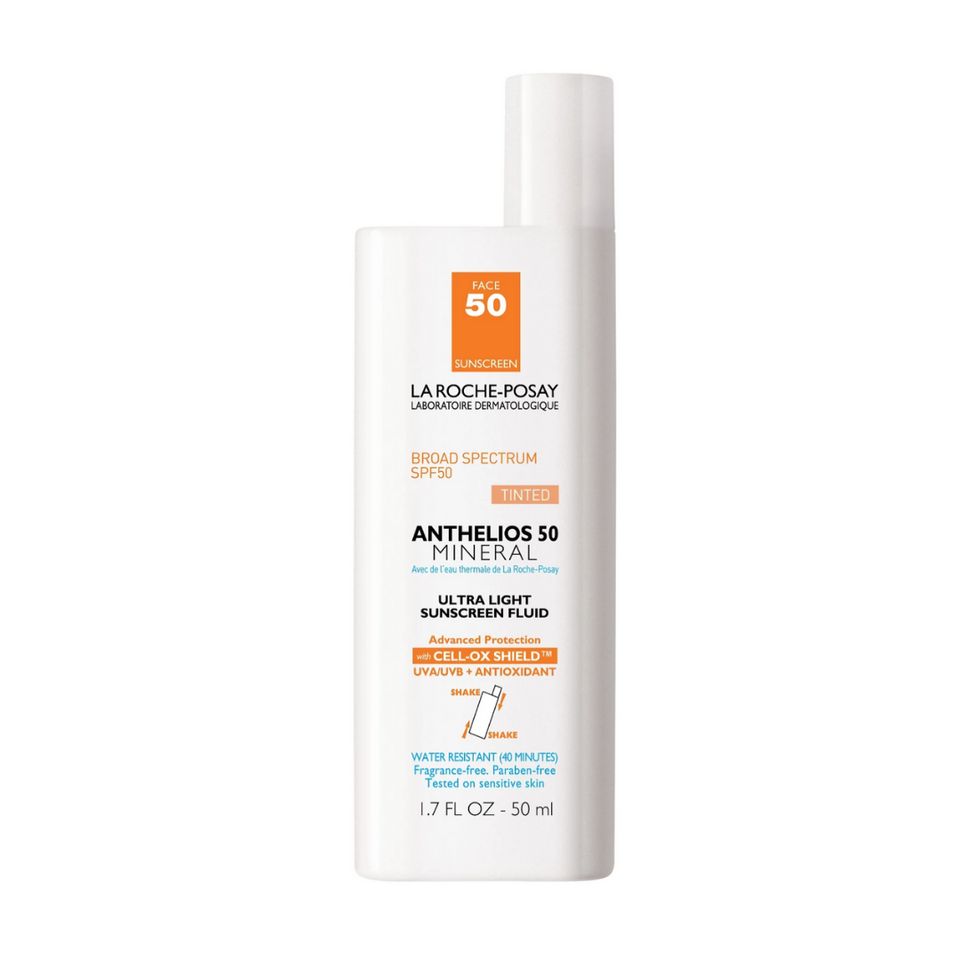
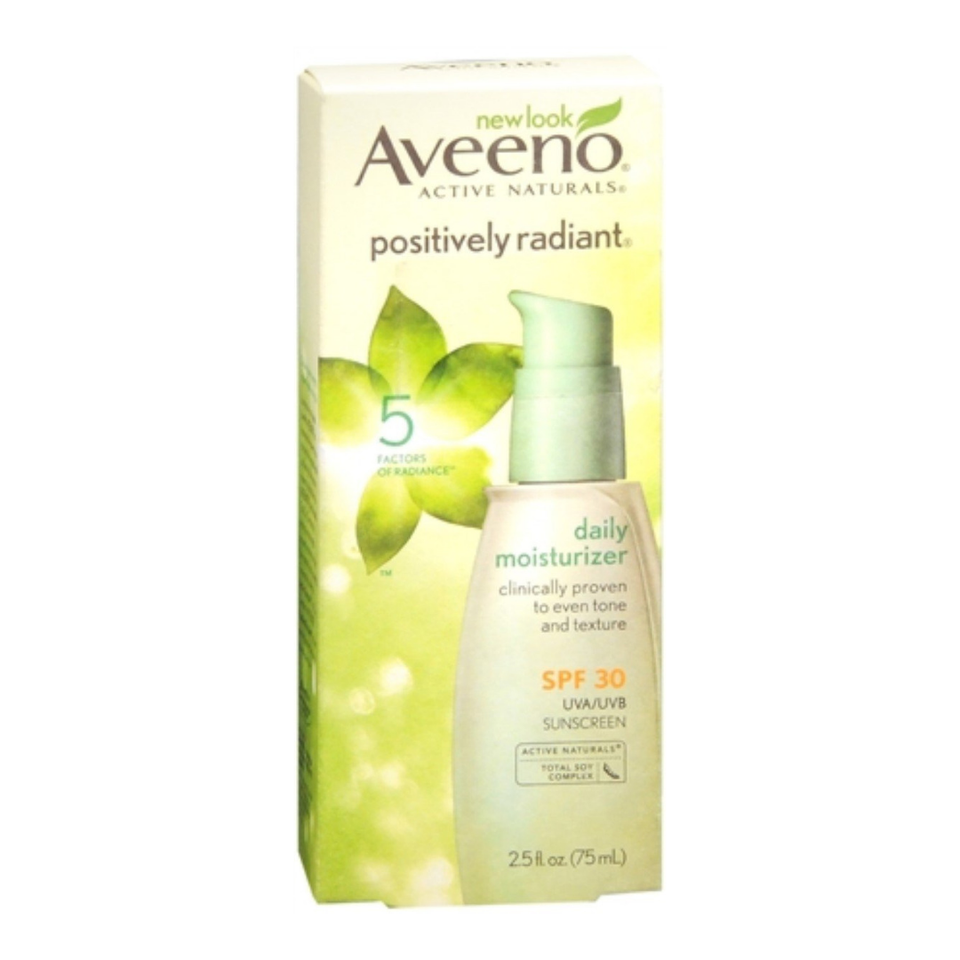
HuffPost may receive a share from purchases made via links on this page. Prices and availability subject to change.
Health - Latest - Google News
May 12, 2021 at 04:45PM
https://ift.tt/3w4niYO
Everything You Actually Need To Know About Wearing Sunscreen - HuffPost
Health - Latest - Google News
https://ift.tt/2zrj9Ud
Bagikan Berita Ini
















0 Response to "Everything You Actually Need To Know About Wearing Sunscreen - HuffPost"
Post a Comment